Olympia Clematis – 1 Gallon Pot
$49.97 Original price was: $49.97.$34.98Current price is: $34.98.
SKU: D2LSC 1518335389 Categories: Clematis Vines, VINES & CLIMBERS
- Experience the difference quality makes.
- Buy with Peace of Mind
- Free Shipping, No Compromise on Quality
- High quality products, hassle-free returns.

Olympia Clematis
Clematis ‘Olympia‘ Boulevard Evipo099
Plant Details
USDA Plant Hardiness Zones: 4a-9b Find Your Zone
Plant Type: Flowering Vine
Height or Length at Maturity: 3-5′
Width at Maturity: 2-3′
Spacing: 3′ apart to cover fences and walls
Spacing: 3′ apart to cover fences and walls
Growth Habit / Form: Climbing, Dense, Twining
Growth Rate: Moderate to Fast
Flower Color: Blue Shades with Soft Yellow anthers
Flower Type: Single and Semi-Double
Flower Size: 4-5″
Flowering Period: Late Spring to Early Summer and again in Late Summer to Fall
Flowering Period: Late Spring to Early Summer and again in Late Summer to Fall
Fragrant Flowers: No
Foliage Color: Green
Fragrant Foliage: No
Sun Needs: Full Sun to Part Shade, All Day Lightly Filtered Sun; Benefits from some Shade in the Afternoon
Water Needs: Average
Soil Type: Clay (Amend heavy clay to ensure good drainage), Loam, Sand, Silt
Soil Drainage: Moist but Well Drained
Soil pH: 5.5 – 7.0
Maintenance / Care: Low
Pruning Group: 3
Attracts: Butterflies, Hummingbirds, Beneficial Pollinators, Visual Attention
Resistances: Deer, Disease, Heat, Humidity, Insect, Black Walnut
Description
Compact and quite a prolific bloomer, Olympia is a free-flowering compact Clematis ideal for patio gardens. It features 4 to 5 inch single and semi-double flowers with petals in shades of blue with faint magenta bars that surround soft yellow anthers. Uniquely producing flowers from not only the end of the stems but also from the leaf axils, the first blooms begin to appear in late spring through early summer with rebloom in late summer through early fall. We love this one on a trellis or obelisk in a pot that can be situated on patios, decks, porches and around other outdoor living spaces that get the morning and/or evening sun with some shade or filtered sun in the afternoon.
Landscape & Garden Uses
Climbing 3 to 5 feet high and spreading 2 to 3 feet or more wide, the Olympia Clematis is ideal for growing in containers on short trellises or obelisk. It can also be grown on short fences, rails and trellises or the mailbox post. A fine addition to Clematis gardens, blue theme gardens and Zen gardens.
Suggested Spacing: 3 feet apart to cover short fences, rails or trellises.
Growing Preferences
This Clematis is easy to grow in a moist but well-drained soil of average fertility and full sun to part shade. Though it tolerates dry periods when established, it will appreciate an occasional watering in prolonged periods of dry weather. Make sure not to plant this one too deep as it tends to smother the plant. See pruning instructions just below.
Clematis Pruning Group 2
Clematis in Group 2 consist of all the early, large-flowered hybrid clematis that bloom in late spring or early summer and maybe again in late summer. Clematis in this group should be pruned lightly in late winter or early spring. Pruning consists of removing weak and crossing shoots then thinning down the plant to a structure of evenly spaced one and two year old stems. Cut each stem just above a pair of healthy buds. Plants in this group have the tendency to become bare at the base as they mature. You can under-plant with small shrubs or perennials to help conceal the bare stems. Alternatively, you can often force a flush of new growth from the base by cutting the vine back to 18 inches immediately after the flush of bloom.
An alternate method of pruning Group 2 clematis is to prune only every three or four years. In this case, the clematis should be pruned as described for Group 3 clematis. This will produce a weak first flush of flowers in the summer after pruning.
Helpful Articles
Click on the link below to find helpful advice from our experts on how to plant and care for Clematis vines
How To Plant A Clematis
How To Prune A Clematis
Plant Long & Prosper!
Questions? Contact Us!
Be the first to review “Olympia Clematis – 1 Gallon Pot” Cancel reply
Related products
Sale!
Clematis Vines
Sale!
Clematis Vines
Sale!
Clematis Vines
Sale!
Clematis Vines
Sale!
Clematis Vines
Sale!
Clematis Vines
Sale!
Clematis Vines
Sale!
Clematis Vines


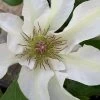

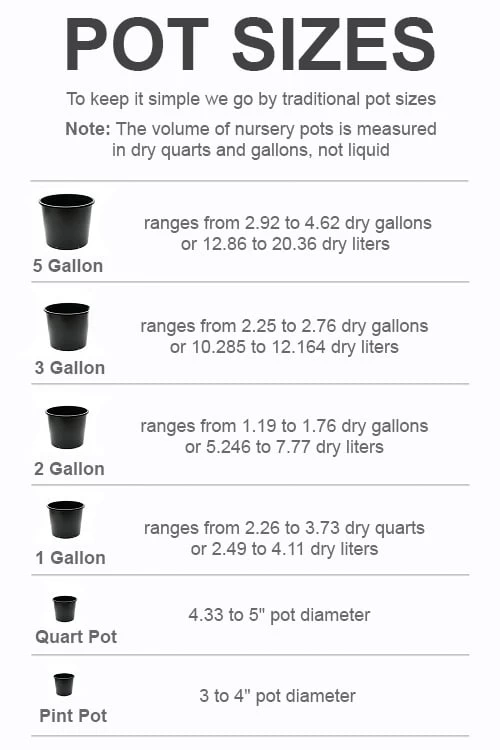
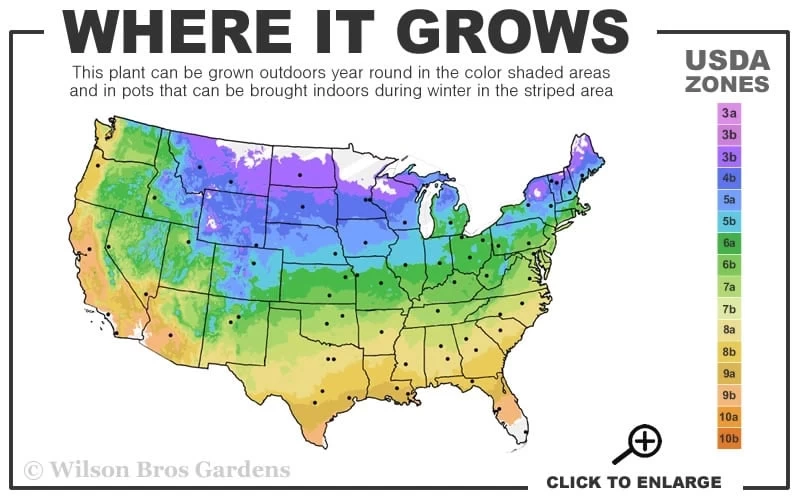
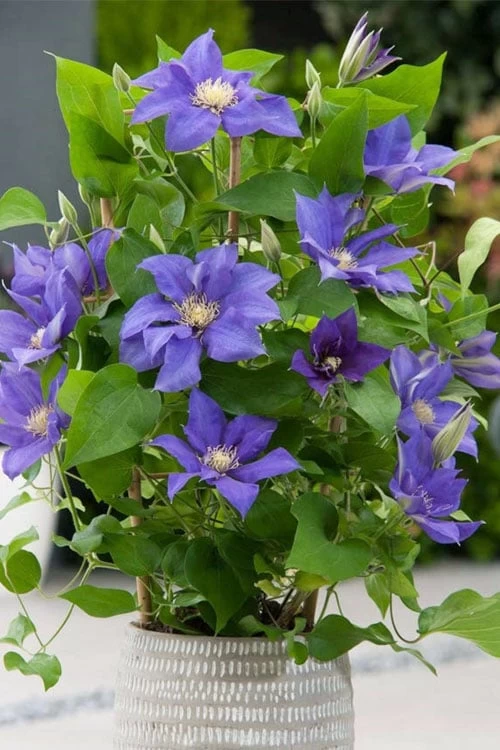

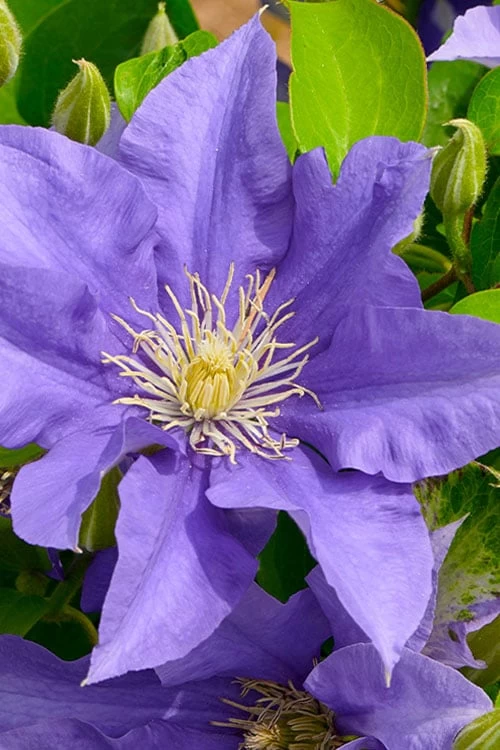
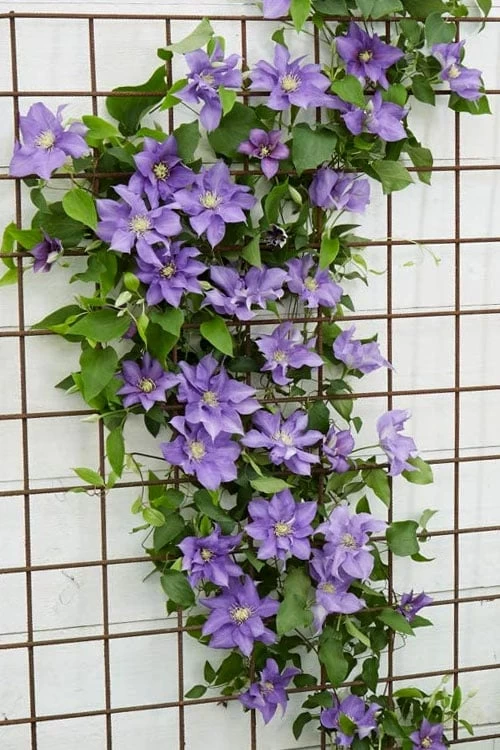
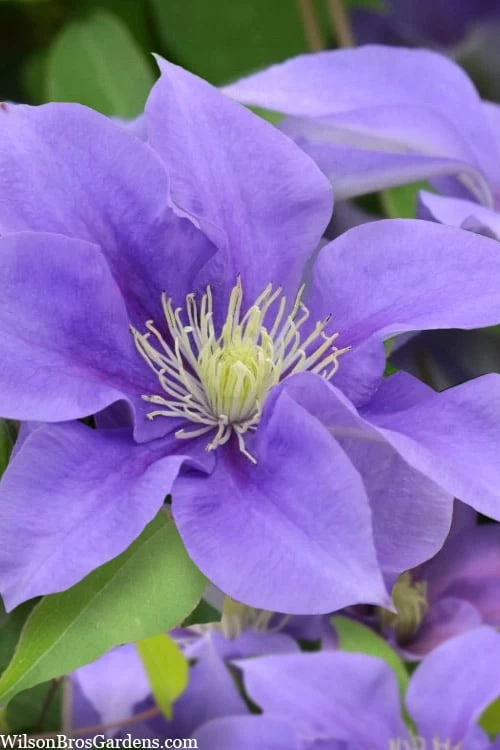




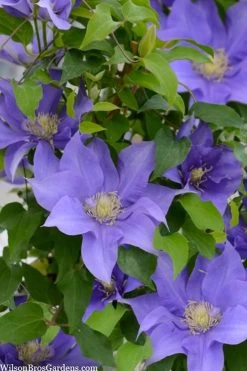
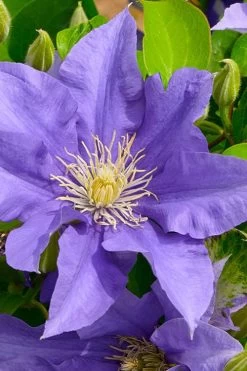

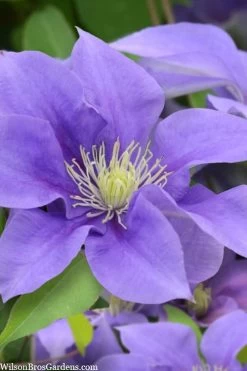








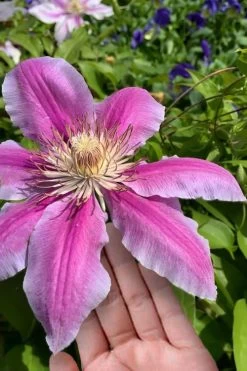
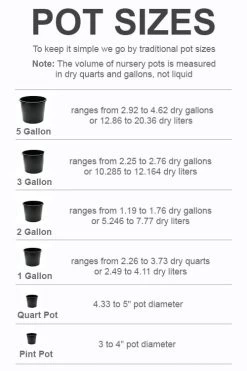
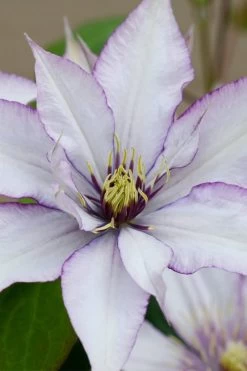

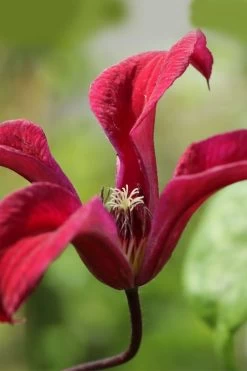

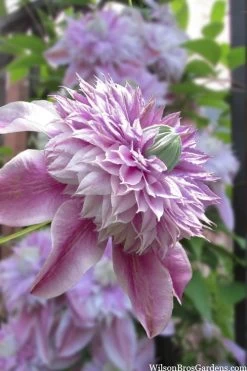

Reviews
There are no reviews yet.